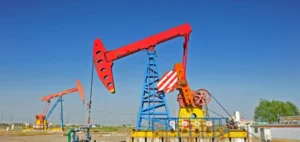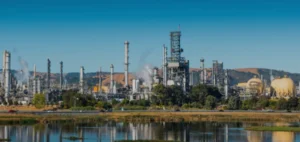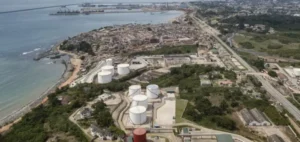According to figures released Wednesday by the U.S. Energy Information Agency (EIA), commercial crude oil inventories rose by 1.6 million barrels in the week ended March 10. This marks their tenth increase in eleven weeks, despite the increase in refinery utilization rates, which reached 88.2% last week, the highest since late December.
An initial estimation error
The EIA added some 15.6 million barrels on the week to the quantities officially in circulation. This statistical change usually reflects an initial estimation error, which this time is explained by an overestimation of exports and refinery capacity utilization. With fewer exports than previously reported and refineries using less crude than expected, the amount of oil available to the U.S. market is significantly higher than EIA’s estimate.
Continued weak demand for refined products
At the same time, demand for refined products in the U.S. is down, analysts say. This decline was seen over a four-week period and was primarily due to weak demand for distillate products, such as diesel and propane. Indeed, demand for diesel fuel fell by 12% compared to the same period last year, while demand for propane fell by 24%. As a result, total demand for refined products is 19.6 million barrels per day, 6% lower than the same period last year.
Production remains stable at 12.2 million barrels per day
Despite the decline in demand for refined products, U.S. production of these products remained unchanged. It still stands at 12.2 million barrels per day. This stable production may be explained by the hope of a recovery in demand in the near future.






















